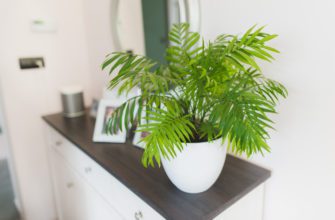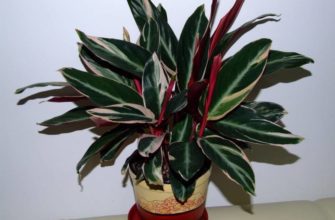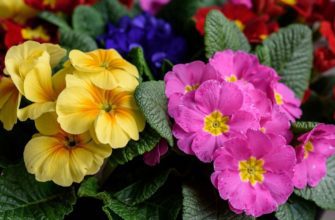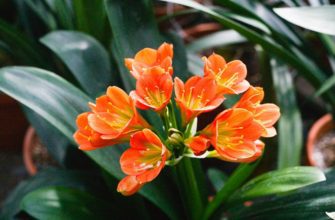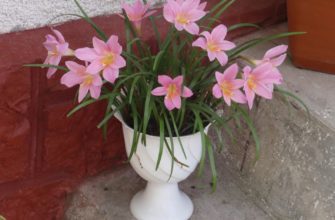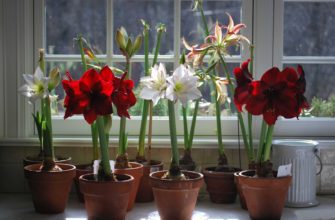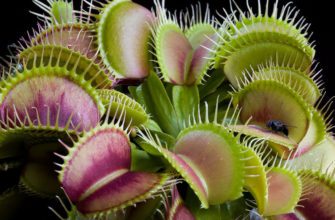Dendrobium orchid is a magnificent flower, captivating with its exquisite beauty and unique appearance. In the world of indoor plants, it occupies a special place, attracting the attention of gardeners with its diversity of species and varieties. In this article, we will dive into the amazing world of dendrobiums and tell you how to provide them with careful care at home.
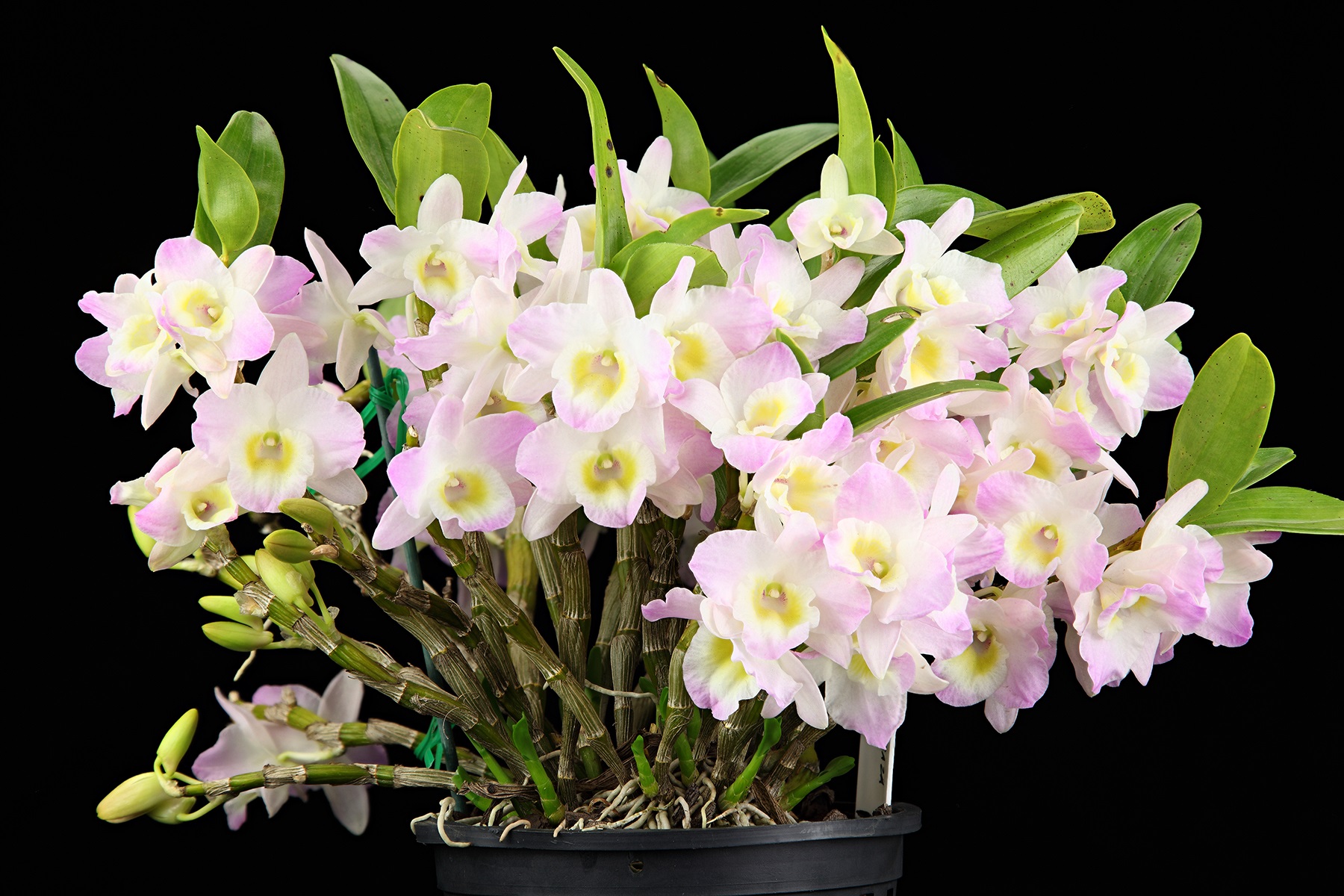
- Dendrobium Orchid: An Introduction to the World of Exotic Beauty
- Dendrobium Orchid Features
- Dendrobium Orchid Care at Home
- Lighting and placement
- Watering and humidity
- Temperature conditions
- Top dressing and fertilization
- Transplantation and soil
- Propagation of Dendrobium Orchid at Home
- Problems and diseases of dendrobium orchids
- Conclusion
Dendrobium Orchid: An Introduction to the World of Exotic Beauty
Dendrobium orchid is a magnificent and unique plant that introduces us to the fascinating world of exotic beauty. These beautiful orchids are distinguished by their grace, exquisite forms and variety of colors, which makes them one of the most attractive plants in the world of flora.
Originating from the tropical regions of Asia, Australia and Oceania, orchids have won the hearts of gardeners around the world. In nature, they can be found in a variety of places - from dense forests to rocky cliffs, which is reflected in their amazing diversity. Each type of dendrobium orchid has its own unique beauty and characteristics, reflecting the richness of nature and its ability to create amazing works of art.
Among the most famous types of dendrobiums are Dendrobium Nobili and Dendrobium Kingianum, which impress with their elegant white and purple flowers. Other species, such as Dendrobium Phalaecopsis and Dendrobium Christiani, amaze with their bright and saturated colors, creating impressive colorful compositions.
Dendrobium orchids have a unique ability to adapt to different conditions and cultural environments, which makes them accessible for cultivation by both experienced gardeners and novice indoor plant lovers. However, in order to reveal the full potential of these luxurious orchids, it is important to pay attention to their characteristics and provide them with optimal care conditions.
In this exciting journey into the world of exotic beauty, dendrobium orchids will become real pearls of your indoor plant collection. Their elegance and sophisticated appearance will give you moments of admiration and joy from watching them develop and bloom. Give the plant your care and love, and they will reward you with their unique beauty and charm, bringing warmth and magic into your home.
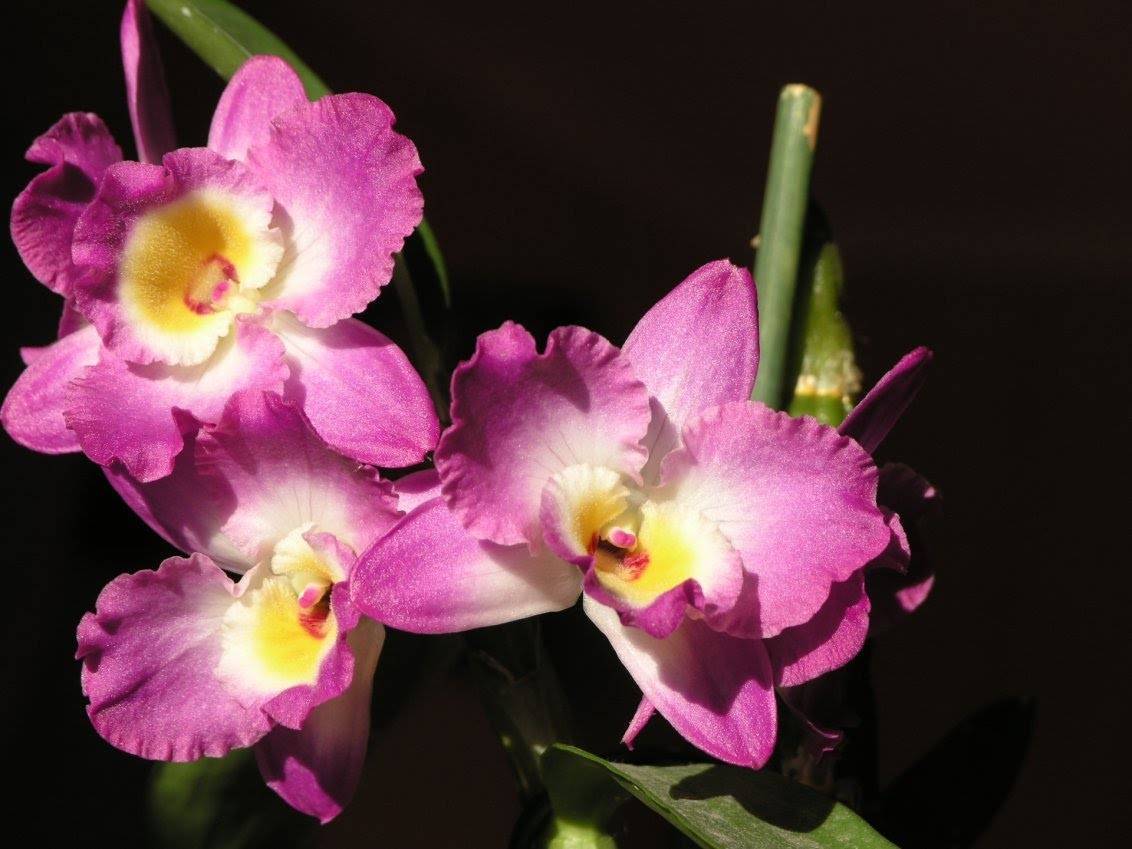
Dendrobium Orchid Features
The Dendrobium orchid is a fascinating plant with a number of amazing features that make it so attractive to gardeners and valuable to the natural world. Here are some of the unique features of Dendrobiums:
- Diversity of species and varieties: Dendrobiums are one of the most diverse genera of the orchid family. There are over 1,500 species, each with its own unique characteristics, distinctive features, and variety of flower colors. This diversity allows gardeners to choose and create unique and colorful combinations in their collections.
- Elegant bloom: Dendrobium orchids are famous for their beautiful blooms. The flowers can be small and delicate or large and bright, but they are always distinguished by their elegance and amazing beauty. Dendrobium flowers can be of various shapes and colors, from white and pink to orange and purple, which makes them truly unique works of nature.
- Adaptability to growing conditions: One of the great things about dendrobiums is their adaptability to different growing conditions. They are able to adapt to different climates, from tropical forests to dry steppes. This makes them suitable for both indoor and outdoor growing, providing more options for gardeners of different experience levels.
- Spectacular long-lasting flowering: Dendrobiums are distinguished by long and abundant flowering. Each flower can remain on the plant for several weeks or even months, delighting with its beautiful appearance. Due to this feature, dendrobium orchids become a magnificent decoration of the interior or garden for a long time.
- Easy to care for: An important feature of dendrobiums is their relative ease of care. Unlike some other types of orchids, they do not require complex care and can thrive if certain simple rules of watering, lighting and temperature are followed. This makes dendrobiums an excellent choice for beginner gardeners who are just beginning to get acquainted with the world of orchids.
All these unique features make dendrobium orchids truly amazing plants, capable of striking with their elegance and beauty. Caring for them brings joy and satisfaction, and by following the right recommendations, you will be able to enjoy their magnificence for many years.
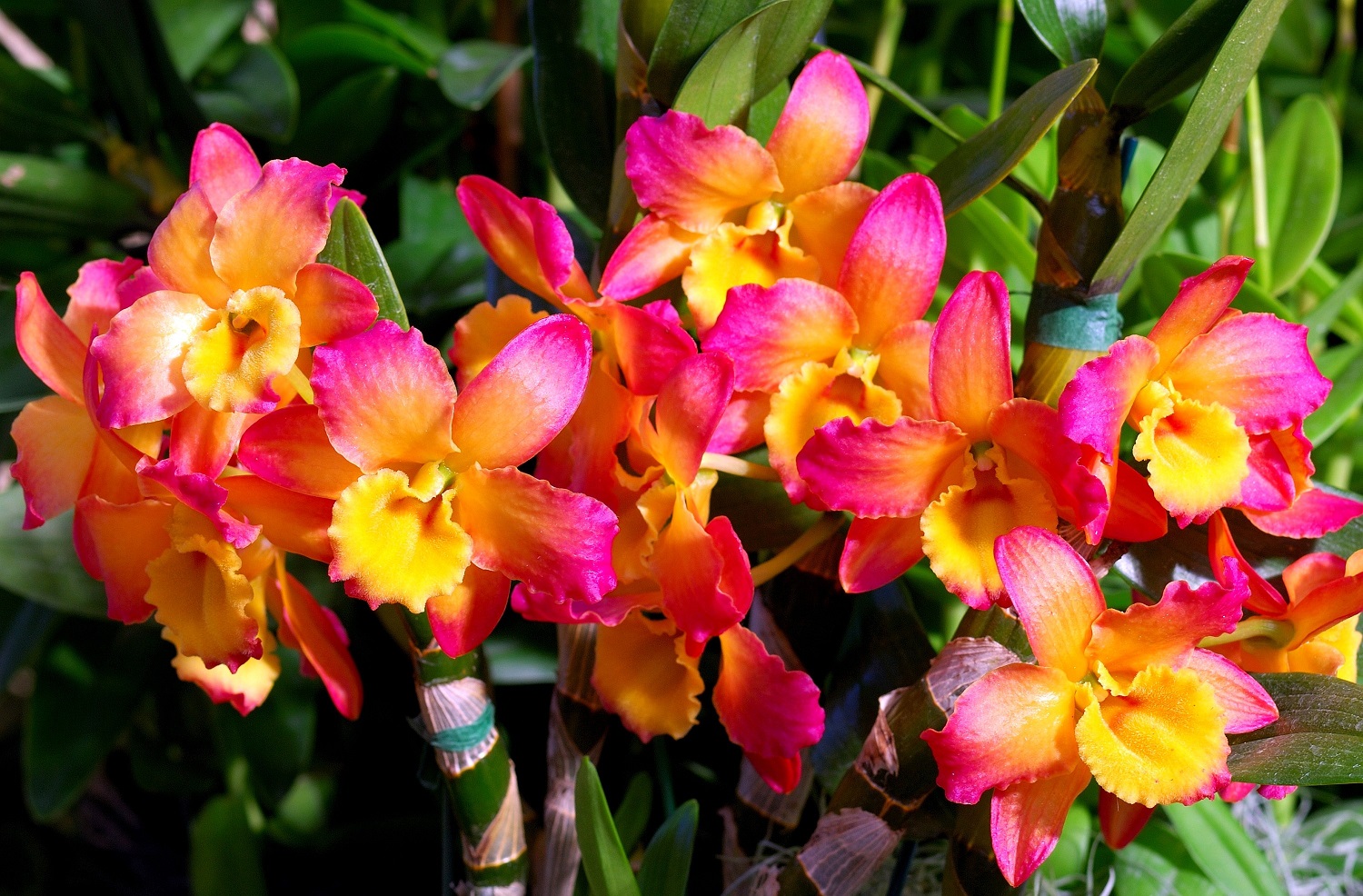
Dendrobium Orchid Care at Home
Dendrobium orchid is quite a unique plant. And accordingly, it requires special care. Let's look into this issue in more detail.
Lighting and placement
Dendrobium orchids love bright but diffused light. The ideal place for them is a window on the east or west side, where they will receive enough morning or evening sunlight. It is important to avoid direct sunlight, which can cause burns on their sensitive leaves. If the windows are too sunny, it is recommended to use shading or curtains to diffuse the light. It is also possible to use artificial lighting, but it is important to provide the plants with a rest period without artificial light.
Watering and humidity
Watering is one of the key aspects of caring for Dendrobium orchids. The frequency of watering depends on the climate and the time of year. It is important to water orchids when the top layer of soil is almost dry. Do not allow the roots to become waterlogged, as this can lead to rot. A good way to check for the need for watering is a light finger test. If the top layer of soil is slightly dry, but the inside is still moist, do not water yet. The size of the pot and the type of soil also affect the frequency of watering.
As for air humidity, Dendrobium orchids prefer moderate humidity. If the air in your region is too dry, it is recommended to regularly spray water near the plants or use humidifiers. This will help maintain optimal conditions for their health and flowering.
Temperature conditions
Dendrobium orchids love moderate temperatures. During the day, the optimal temperature is about 20-25°C, and at night it is a little cooler, about 15-18°C. It is important to avoid sudden changes in temperature, as this can damage the plants. At high temperatures, orchids may need additional moisture.
Top dressing and fertilization
Like all plants, dendrobiums need nutrients to stay healthy and grow well. During the period of active growth, which usually occurs in spring and summer, it is recommended to fertilize orchids with fertilizers specifically designed for orchids. Fertilizers should be applied every 2-4 weeks, but it is important to follow the manufacturer's recommendations to avoid overcomplicating the soil and overloading the plants with nutrients.
Transplantation and soil
Repotting is an important stage of caring for dendrobiums. It is usually recommended to repot once every 1-2 years to refresh the soil and roots of the plant. The optimal time for repotting is after flowering, when the orchids are dormant. When repotting, you should check the roots for rot and remove damaged areas. It is important to choose the right soil for orchids - light and breathable, for example, a special mixture for orchids based on bark or moss. This will ensure healthy growth and development of plants.
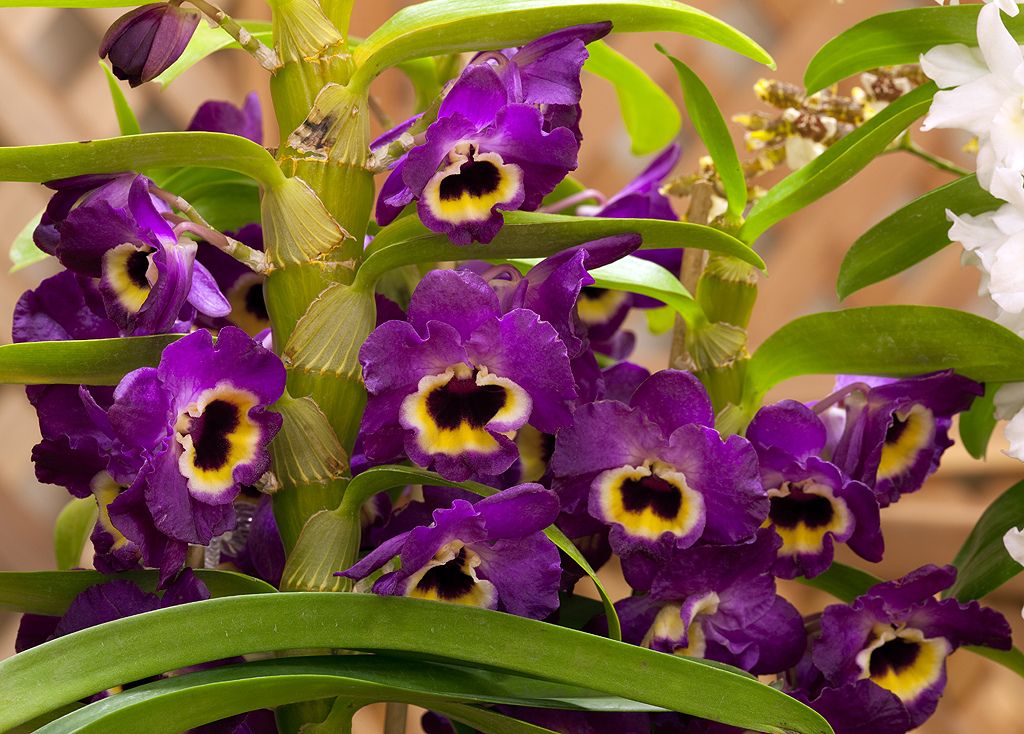
Propagation of Dendrobium Orchid at Home
Reproduction of Dendrobium orchids at home is a fascinating and interesting process that allows you to increase your collection of these beautiful plants. There are several methods of reproduction, and each of them has its own characteristics. Let's consider some of them:
- Dividing the bush: This method is suitable for dendrobiums with branched tubers. When replanting, when the plant is dormant, you can divide the bush into several parts, giving each new growing part healthy roots and pseudobulbs. Then each new growing part can be transplanted into a separate pot with suitable soil for orchids.
- Cuttings: Cuttings are one of the most popular methods of propagating dendrobiums. Select a healthy stem part of the plant and cut it above the pseudobulb. Then root the cutting in a moist substrate, such as a mixture of bark, vermiculite and perlite. The rooted cutting can be transplanted into a separate pot when the roots are sufficiently developed.
- Vegetative propagation of pseudobulbs: Some orchids can be propagated vegetatively by pseudobulbs. Separate a healthy and developed pseudobulb from the plant and plant it in a separate pot with suitable soil. It is important to make sure that the pseudobulb has healthy roots so that it can successfully take root and begin to grow.
- Growing from seeds: This method of plant propagation is the most labor-intensive and entertaining. Successful cultivation from seeds requires a special heat-stable environment and patience, as the process from sowing seeds to obtaining an adult plant can take several years. However, this is an interesting way to obtain new specimens with a variety of characteristics and colors.
When propagating dendrobiums at home, it is important to keep your tools clean and control the conditions to create a favorable environment for the growth of new plants. This will allow you to successfully propagate the plants and enjoy their beauty and sophistication in your home or garden.
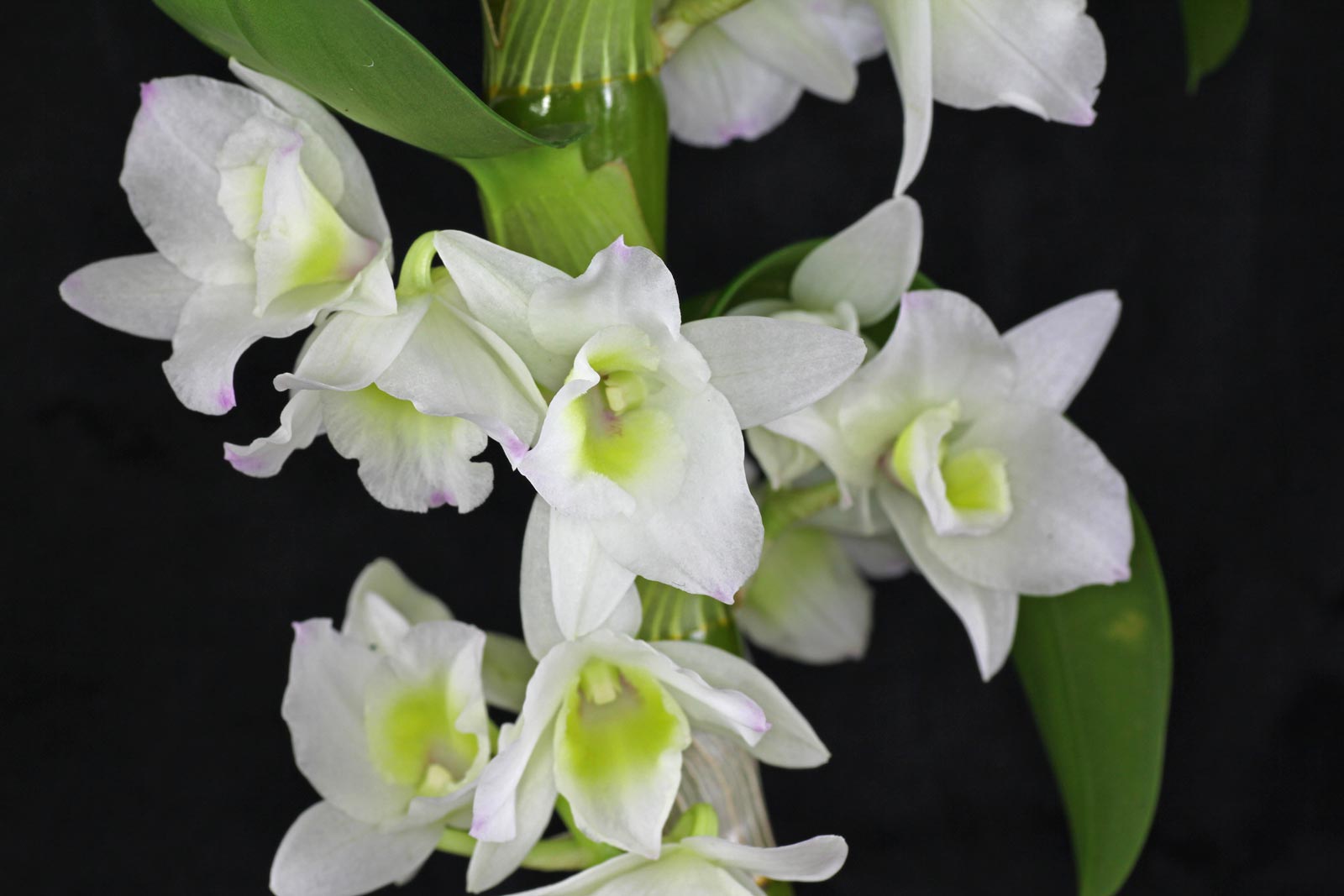
Problems and diseases of dendrobium orchids
Dendrobium orchids are beautiful and elegant plants, but like all living things, they can encounter certain problems and illnesses. Here are some of the most common problems you may encounter when growing dendrobiums and how to prevent and treat them:
- Root rot: Root rot is one of the most serious problems that can occur with dendrobiums. It is usually caused by overwatering or using unsuitable soil. To avoid root rot, it is important to monitor the watering regime, provide the plants with a good drainage system, and use special soil for orchids that provides good ventilation and water permeability.
- Parasites and pests: Dendrobiums can be plagued by various pests, such as mealybugs, aphids, and mites. They feed on the plant's juices, which can cause deterioration and even death. Inspect your plants regularly for signs of pests and, if necessary, use insecticides or cleaning soap to eradicate them.
- Yellowing and falling of leaves: Yellowing and dropping leaves can be caused by a variety of reasons, including overwatering, nutrient deficiencies, or cold temperatures. It is important to determine the root cause of the problem and take appropriate action: reduce watering, fertilize the plant, or provide the optimal temperature for its growth.
- Change in flower color: Sometimes dendrobiums may change the color of their flowers or bloom less abundantly. This may be due to insufficient lighting, improper fertilization, or incorrect growing conditions. Pay attention to the conditions in which the plants are grown and select the optimal parameters for each type of dendrobium.
- Post-flowering stress: After abundant flowering, dendrobiums may experience a period of stress and recovery. During this period, the plant may temporarily stop growing and flowering. It is important to provide it with optimal care conditions to help it recover faster and return to normal.
To successfully grow Dendrobium orchids, it is important to be attentive to their needs and to respond to any changes in their condition. Regular inspections and care will help prevent many problems and ensure the health and beauty of your plants.
https://youtu.be/19DfcPkG2rY
Conclusion
Dendrobium orchid is undoubtedly an amazing plant that captivates with its grace, elegance and diversity. In this article, we looked at various aspects of caring for dendrobiums at home and got acquainted with their unique characteristics and variety of species.
Caring for a plant begins with understanding its characteristics. The variety of species and varieties of dendrobiums provides a wide choice for gardeners, and everyone can find a plant to their taste. They have excellent flowering and interesting facts, making them real floral masterpieces.
However, successful care of dendrobiums also requires attention to detail. Proper lighting, optimal humidity, regular fertilizing and repotting are all important aspects that will ensure healthy growth and flowering of the plant. Despite their natural resilience, plants can encounter problems and diseases, and knowledge of their prevention and treatment will help to keep the plants healthy.

